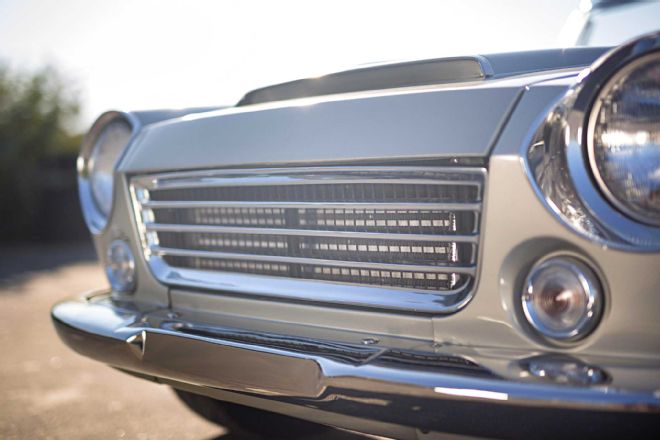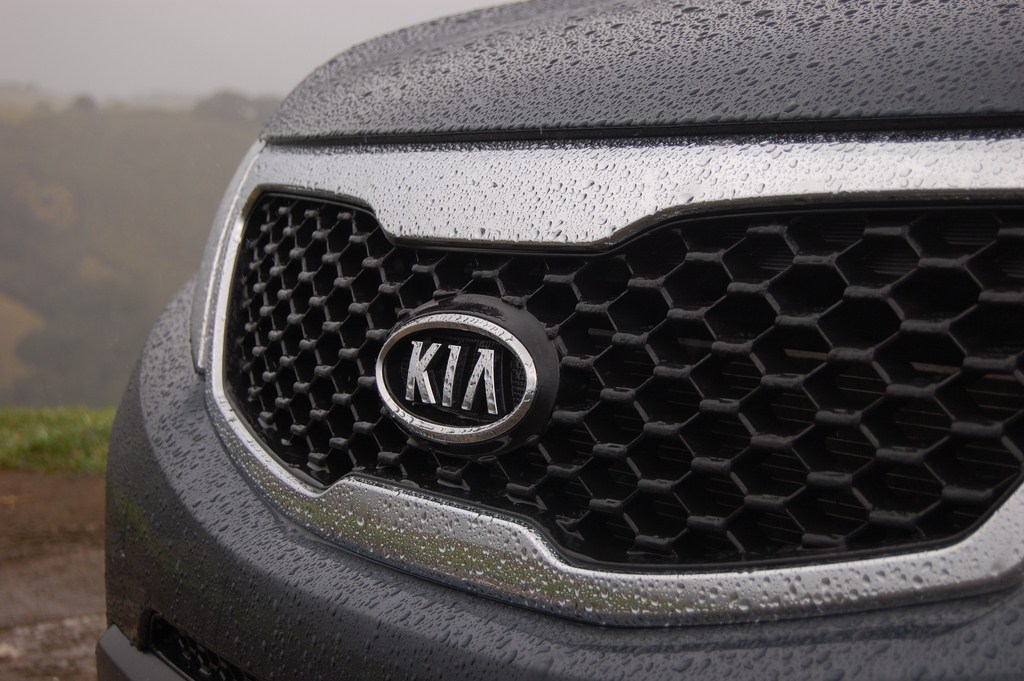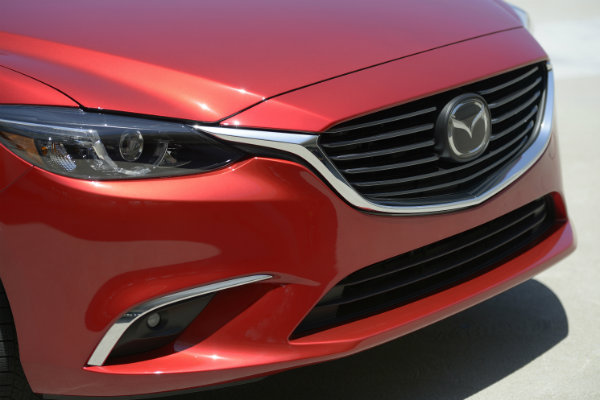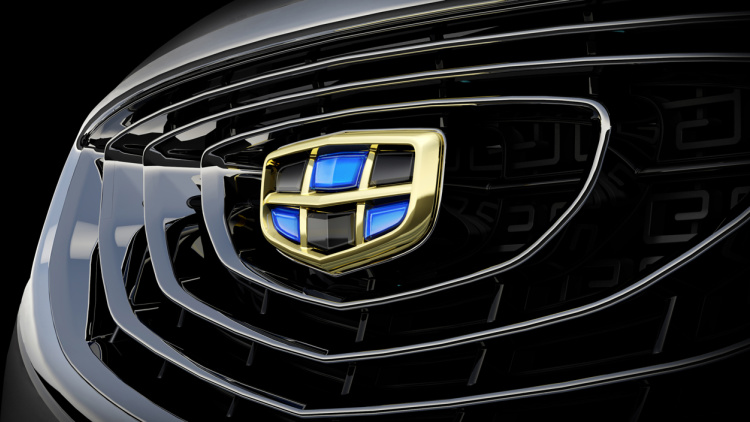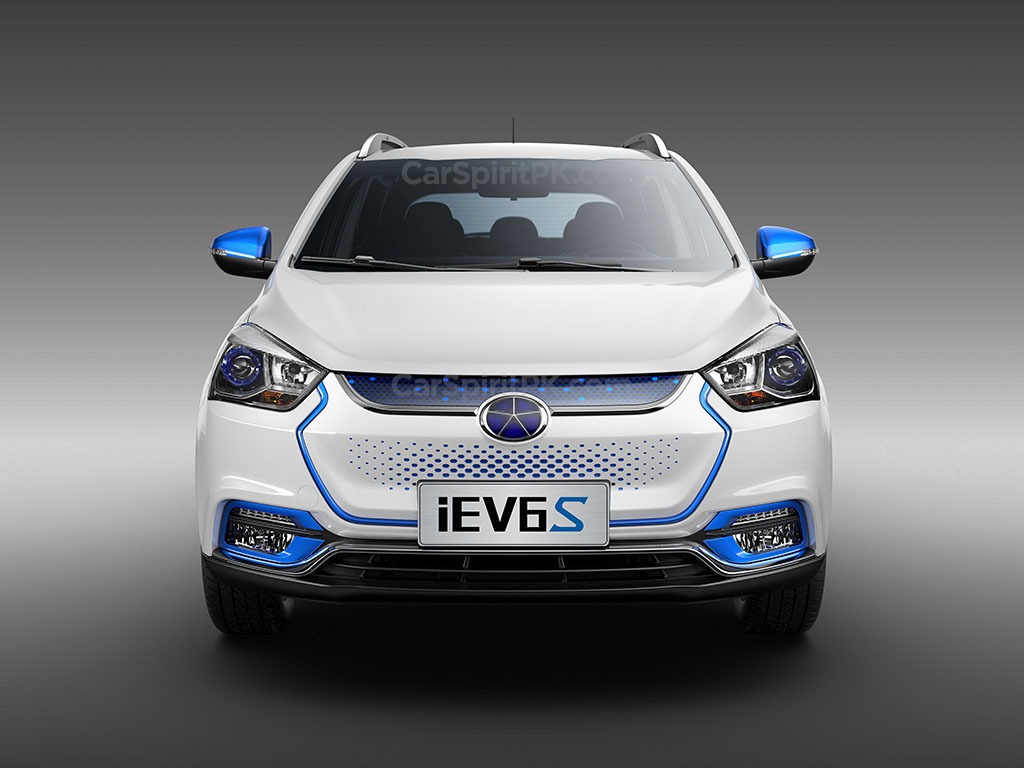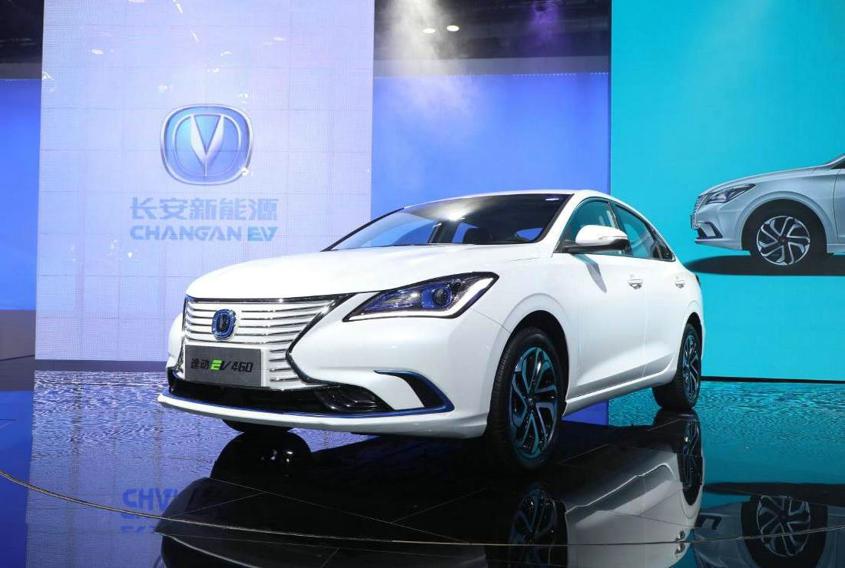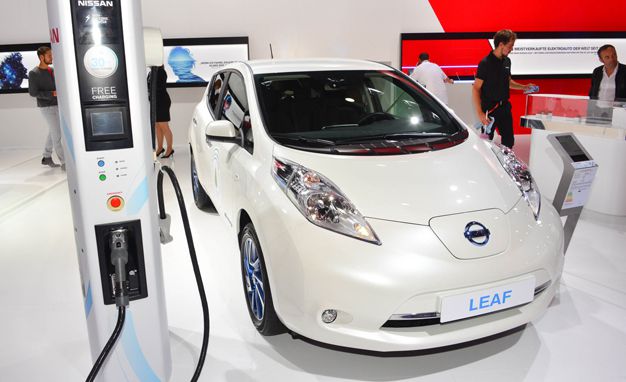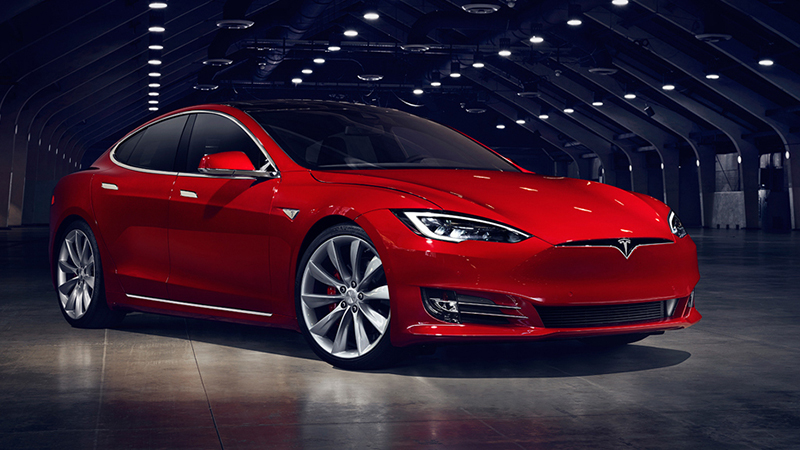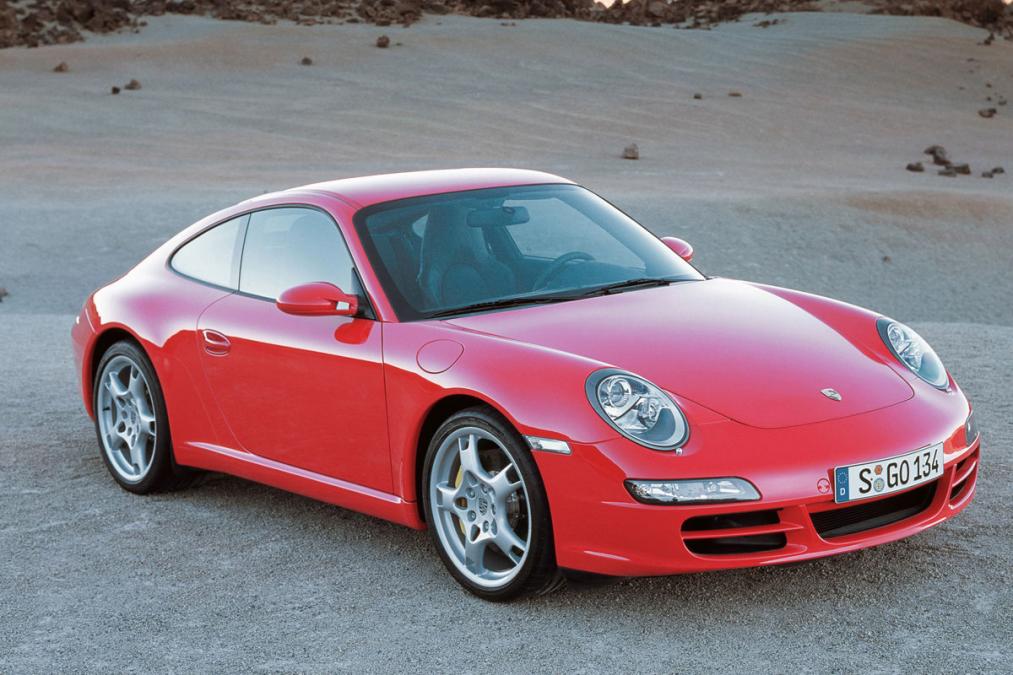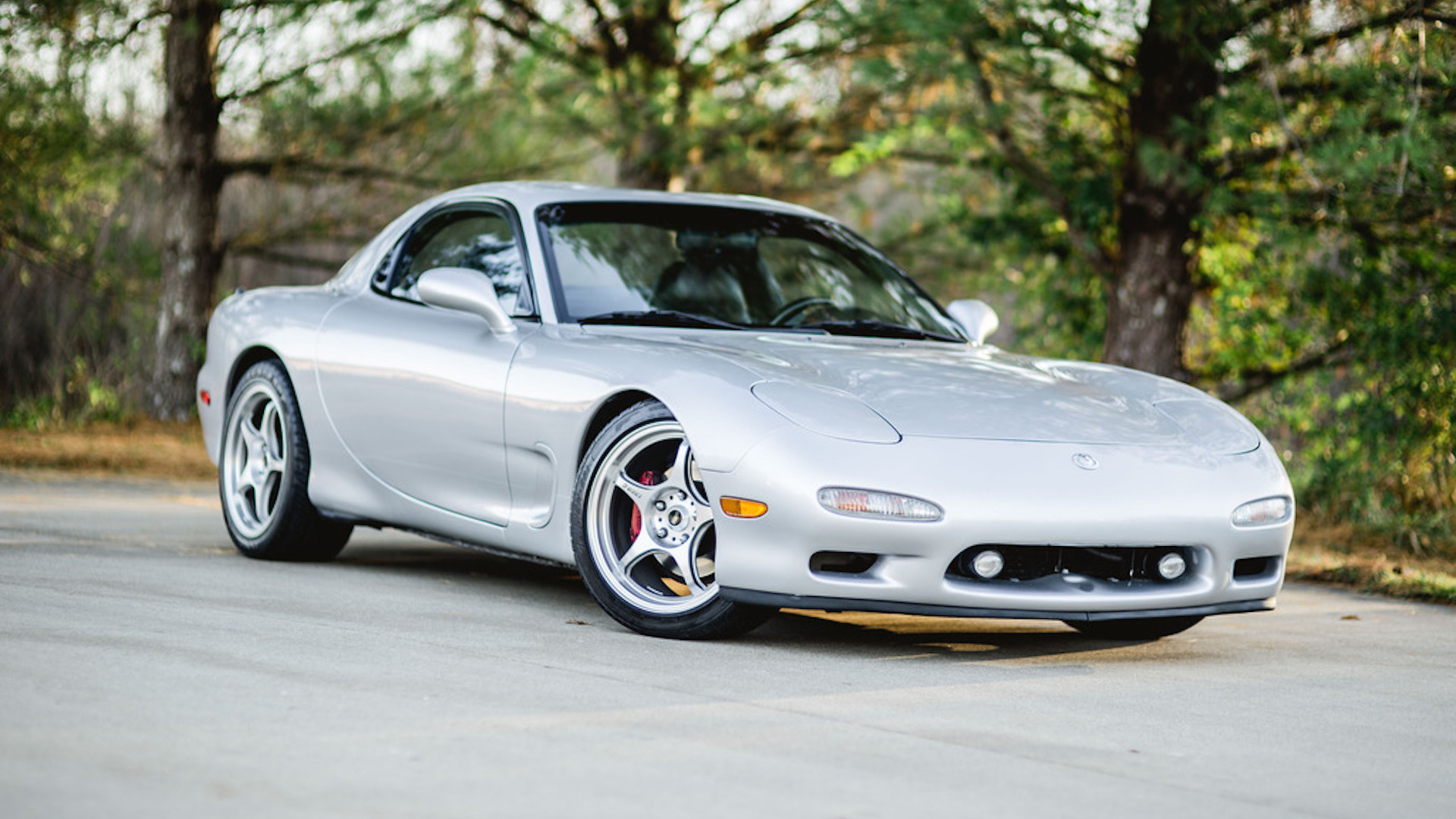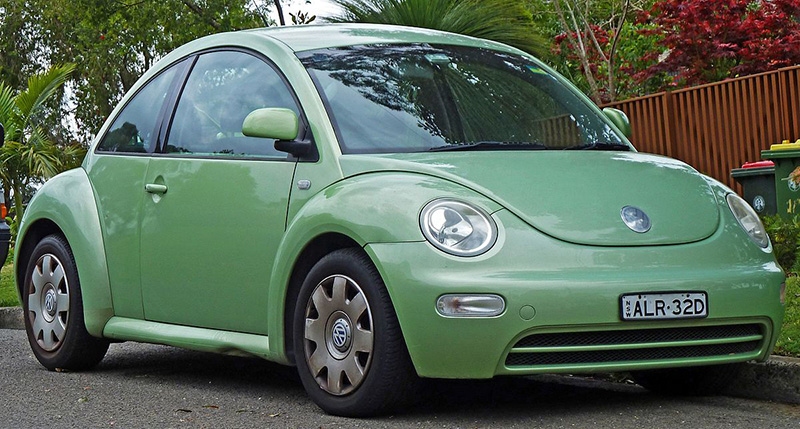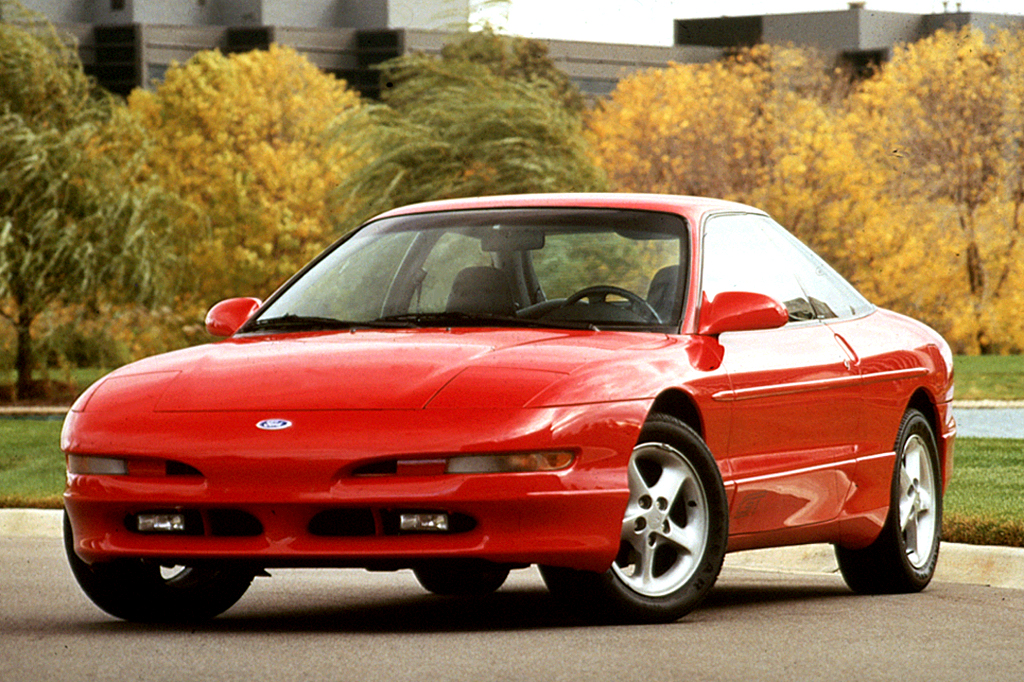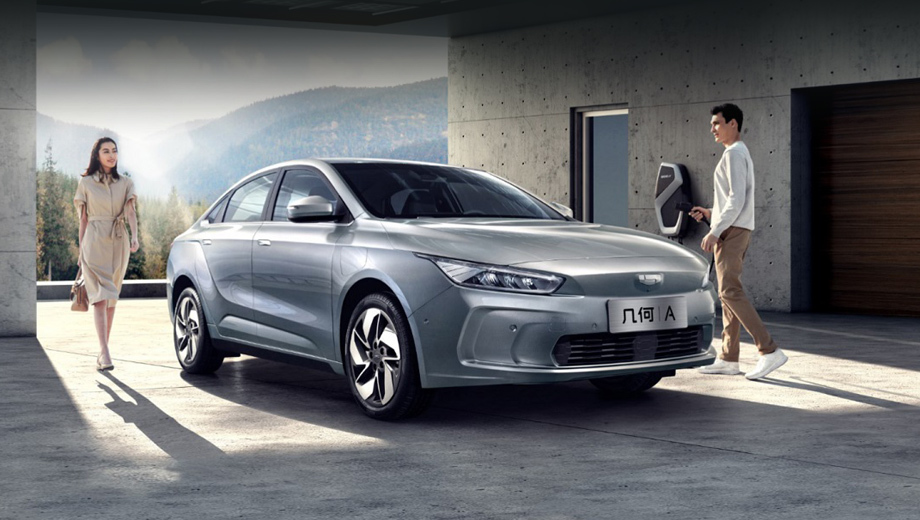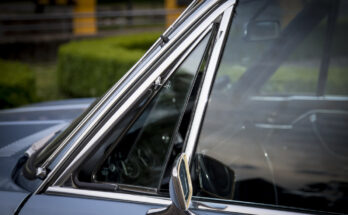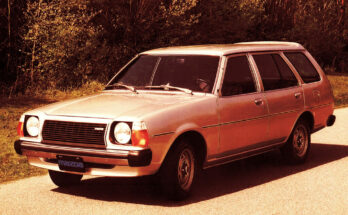The radiator grill, or simply called the grille, has been an essential part of automobile design ever since. Its basic purpose is to cover an opening at the front end of a vehicle to allow air to enter. That’s why most vehicles feature a grille at the front of the vehicle to protect the radiator and engine.
Related: 5 Cars That Were Ahead of Their Times
For more than 100 years, cars have been powered by internal combustion engines, that constantly need to be ‘cooled’ while they are running. The presence of an opening up front, allows the air to reach the radiator which helps cool down the engine. So instead of leaving a big space open, automakers use a grille to cover that space which also enhances the appearance of a vehicle.
Looks are considered a primary selling point of any vehicle and play a major role in its success. As one of the main visual components on the front of vehicles, an inspired grille design makes a car attractive and shapes its identity by connecting it to the carmaker’s history and reputation.
Related: From The Era When Cars Looked Like Cars..
The grille is considered a distinctive styling element, and many automakers use it to establish their brand identity. Bugatti’s horse-collar grill, BMW’s split kidney, Volvo’s slash bar, Nissan’s V-motion, Kia’s Tiger Nose grille, Mazda’s rotary engine shape, Geely’s concentric ripple grille, and Jeep’s signature 7-slot grille to name a few.
Car grilles, then & now
However, with the materialization of electric vehicles (EVs), automakers are simply omitting the grille. Because there is no internal combustion engine or radiator under the hood of the EVs, the grille isn’t simply needed at all. While most automakers are omitting the grille, others prefer planks, bars, certain ornaments & even fake grilles to reduce the evident bluntness.
EVs without grille
But even before the electrification era, there were certain vehicles that looked gorgeous even without the grille up front. Although sports cars from the past, particularly those with pop-up headlamps, mostly came without radiator grille, there were certain passenger cars too which effectively followed this recipe. One of the prime examples remains the 5th generation Honda Civic, which was a popular car in our market too.
ICE cars without grilles, but a bumper opening allowed ventilation for the radiators
Porsche 911 and Volkswagen Beetle are also among the cars that were designed without a grille up front. Although powered by an internal combustion engine, the grille wasn’t needed because of the rear engine layout. However, they used to have grills on the rear deck lid.
The radiator grille has remained a major identification factor of vehicles, but with the EVs taking over, it will be interesting to see how automakers are going to establish their unique visual identity in the future.

A computer animation professional with over 23 years of industry experience having served in leading organizations, TV channels & production facilities in Pakistan. An avid car enthusiast and petrolhead with an affection to deliver quality content to help shape opinions. Formerly written for PakWheels as well as major publications including Dawn. Founder of CarSpiritPK.com



